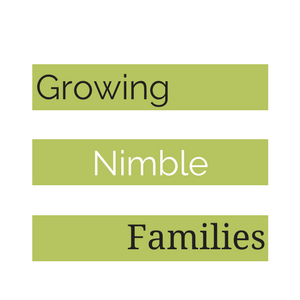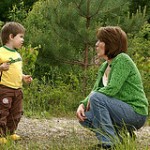| This is a guest post co-written by Emily Patterson and Kathleen Thomas. If you want to guest post on this blog, check out the guidelines here. |
Traditionally a second language is taught beginning in middle school, or even high school. However research has shown that this teaching can begin at their child care facilities or at home at a young age. The best age to begin is between the early years of 2 to 5.
Studies clearly demonstrate that the optimal period in a child’s life for multilingual education is during the preschool years – at exactly the same time they are learning their first language. While it is possible to learn a second and third language later in life, it has proven to be more difficult, because that neurological “window of opportunity” – when the brain is most malleable – has passed.
Dr. Fred Genessee, Professor of Psychology at McGill University in Montreal, is an advocate of this. Saying that it’s as easy for young children to learn two or three languages as it is for them to learn one. He’s not alone; educators throughout the world (in countries that often have two or even three official languages) have understood this for decades.
Bilingual Future
One of the future trends that has become certain is the existence of a diverse, global society. Almost from the beginning, the U.S. has been a land of immigrants, and while the “melting pot” has been an interesting theory, it has not happened in practice. On the contrary, most major U.S. population centers have become more of an ethnic and linguistic checkerboard; Spanish, Russian, Vietnamese and Chinese speakers represent some of the fastest-growing segments of the immigrant U.S. population. More than
ever the ability to communicate to the widest variety of people is crucial.
Getting Ready
The best way for a child to learn a second language is by actually speaking it in a total immersion environment. When they are around the culture itself and people who speak it as their natural language it is easier for them to absorb it. Being active with your child in this learning process is the best thing you can do; take them to local cultural events or have a themed night at home.
Enrollment in a preschool program that offers immersion in other languages is one way to get your child started as well. However either way you do it, at home or a preschool program, it goes without saying that a good education is one of the best ways to prepare that child for the future, and it begins at an early age.
Emily and Kathleen are Communications Coordinators for the network of Austin child care facilities belonging to the AdvancED® accredited family of Primrose child care schools. Primrose Schools are located in 16 states throughout the U.S. and are dedicated to delivering progressive, early childhood, Balanced Learning® curriculum throughout their preschools.











